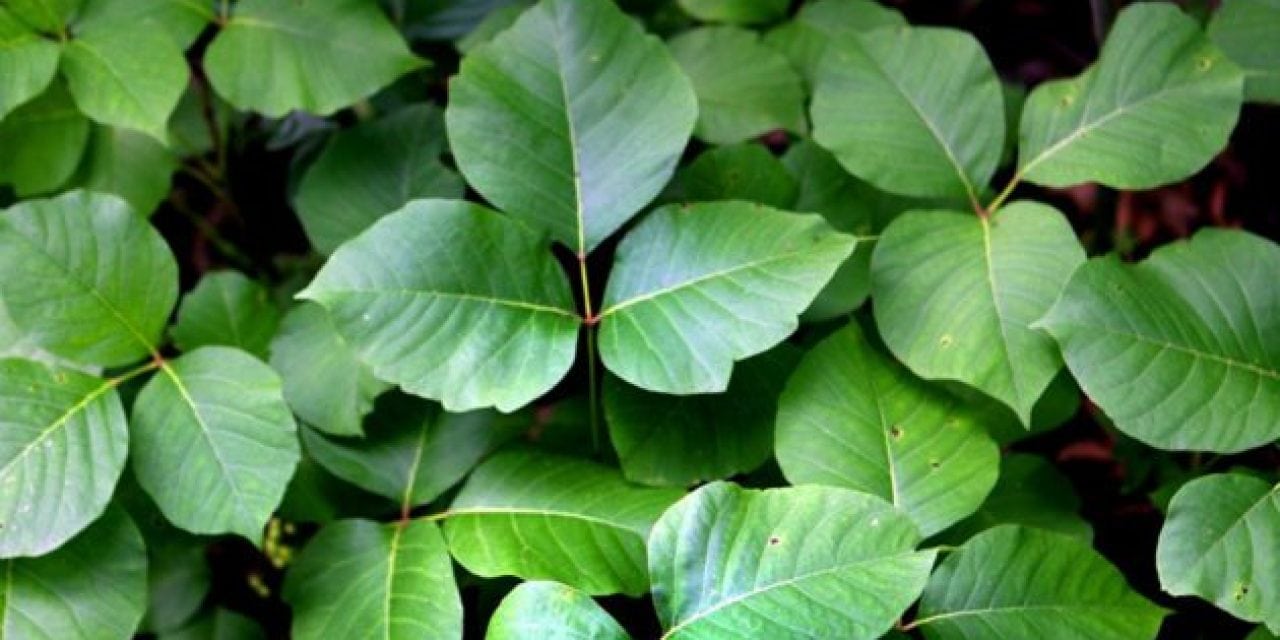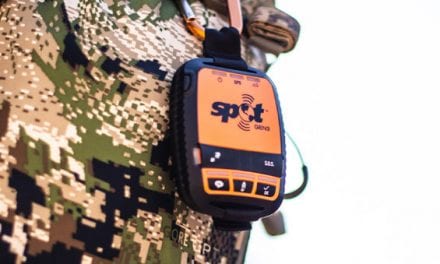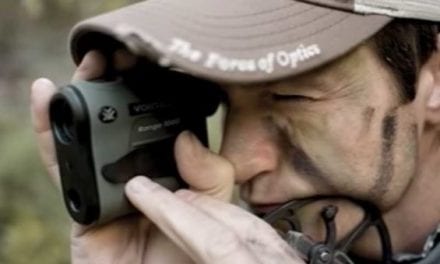
Poison Ivy can put a real damper on a hunt.
For some, it’s an itchy nuisance. For others, it’s a trip to the hospital that can put you out of action for a few weeks.
Whatever end of the spectrum you’re on, poison ivy is a pain.
I swear some people look at the stuff and get affected by it. Well, that’s me. I’ve gotten poison ivy from hand railings and washing machine lids, where other less allergic buddies had touched. Each time has been a trip to the doctor for a shot and steroid cream.
At one point I couldn’t use my fingers, hands, or forearms for a month due to swelling and bleeding risk, all from poison ivy.
If you’re like me and can’t stay out of the woods, but don’t want to look like your braving the plague year round try these field tested tips.
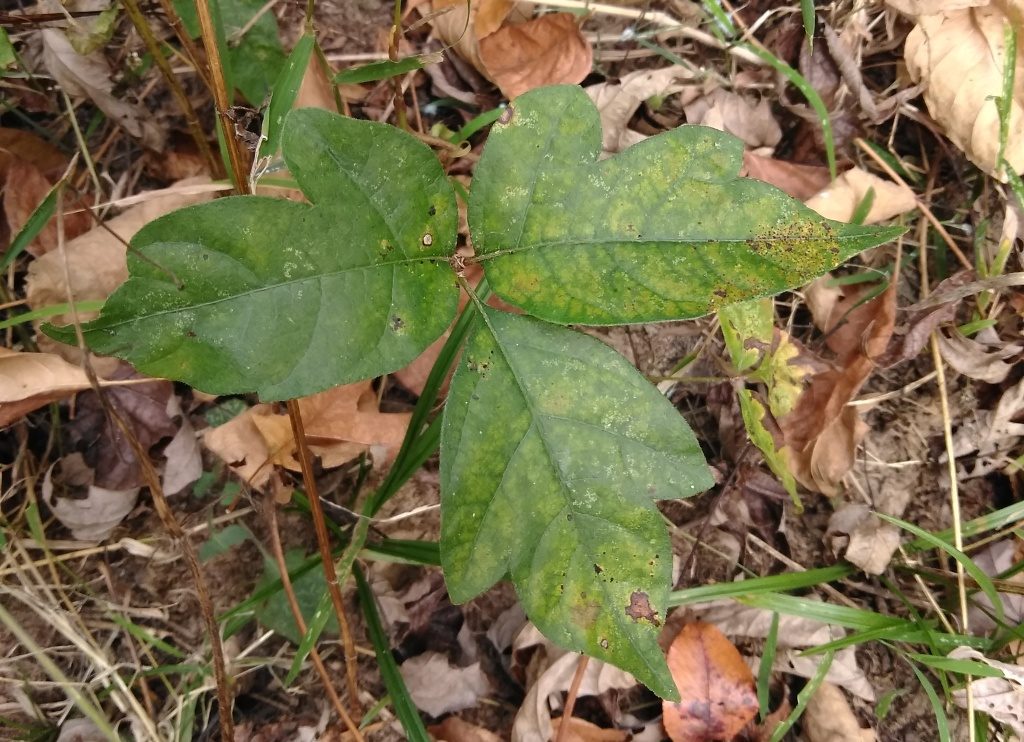
First Avoidance
Not coming in contact with poison ivy is a good place to start; it’s not always an option but being mindful is essential. Remember, “Leaves of three, don’t touch me.” Take some time to learn to identify it for your region, and when in doubt, try to go around.
Poison ivy tends to be one of the first plants to turn orange and red in the fall, making it easier to spot at the beginning of bow season. Greenish or white berries in the summer are another indicator.
If you’re very allergic, keep an eye out for large hairy-looking vines on trees. These could be poison ivy roots and for some still a source of itching and scratching.
Oil & Clay
Urushiol is the oil in Poison Ivy responsible for skin reactions. Products like Ivy Block attempt to prevent the rash by creating a barrier on the surface of your skin. The downside to it is your skin can’t really breathe anymore. It’s like having an extra insulating layer on so it can get really hot.
Here in the South, where temperatures and humidity can push the heat index up past 102°F, heat becomes an issue. If you feel like a solid layer is too much, spot use in areas prone to exposure.
In a pinch, I’ve gooped on a layer of creek mud. Though it’s not as long lasting as the Ivy Block.
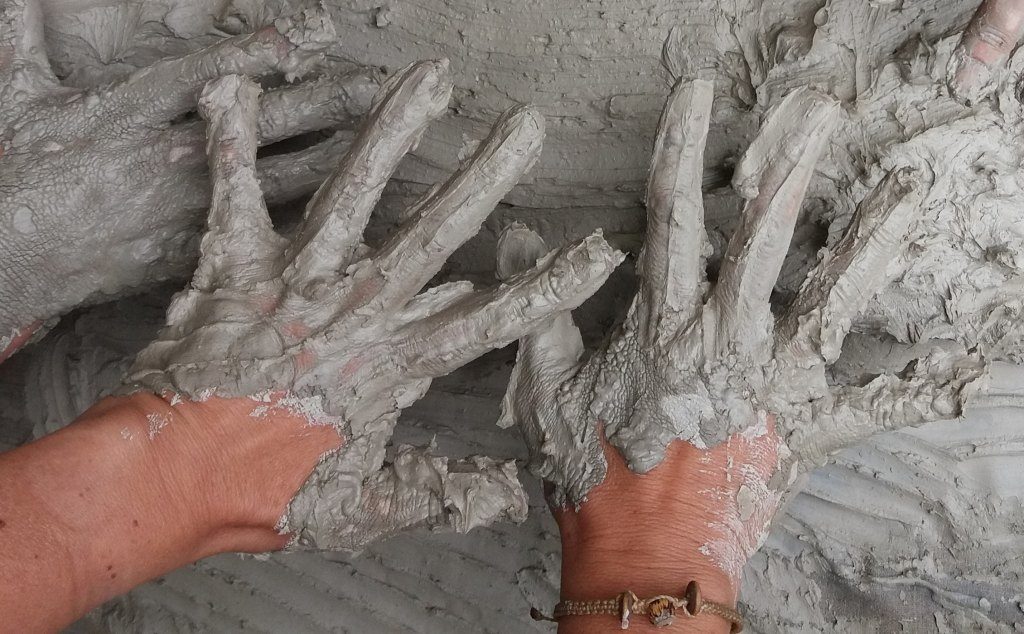
Another option is saturating your skin with oil to begin with so it’s harder for it to absorb the Urushiol. This one is easy, just put on as much lotion as you can before hitting the trail. It’s not as complete a block, but it does really help.
Layering
A traditional option is to wear layers of clothing, but be wary because the Urushiol can soak through some fabrics.
I’ve been dressed in head-to-toe double layers of cotton and still gotten it pretty bad. Test your clothes for oil absorption in an inconspicuous location with a dab of olive oil to see how much protection they are really offering you.
Scrubdown
I keep a kit in the car for when I travel; it has a pack of Technu Extreme (a poison ivy soap), a couple bottles of water, and a hand towel so I can do a quick scrub in the field, usually of my hands, face, and shins since your skin is more sensitive/exposed in those areas.
Urushiol is a pain to get out of your vehicle, so a change of clothes and a plastic bag to put the soiled pair in can really save some work in the long run.
I also like these Cortaid wipes to take with me in the field, if I don’t want to have to cut my hike short because I tripped into a bad patch, these lightweight wipes can help remove the oil from your skin before it has time to soak in.
Remember, Urushiol can absorb into your skin but not show a reaction for up to 72 hours. So don’t wait to break it out to treat your skin!
NEXT: THIS POISONOUS TREE GROWS RIGHT NEXT TO ITS ANTIDOTE
The post Preventing Poison Ivy: Tips from a Hyper-Allergic Hunter appeared first on Wide Open Spaces.

